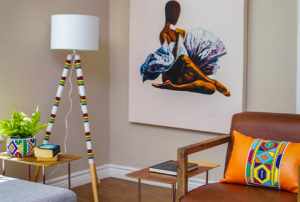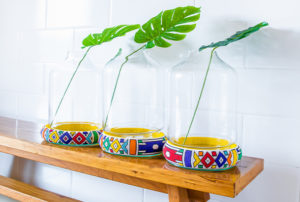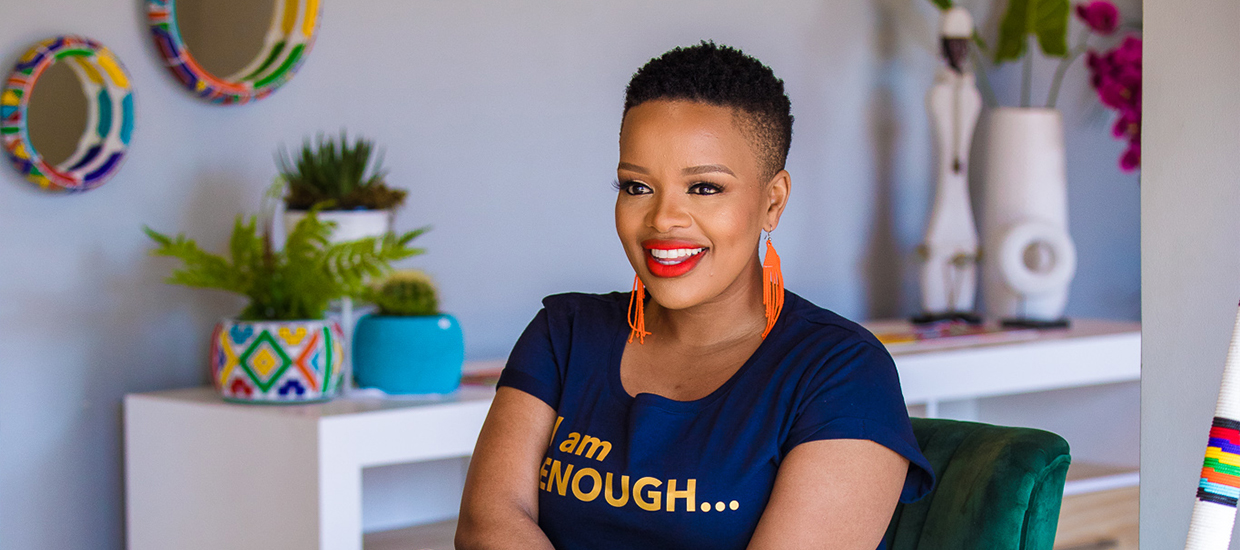Soweto began as a symbol of dispossession. In the early days of South Africa’s apartheid period, the segregated township was built to house Black people separately from the whites-only city center and suburbs of Johannesburg. Nearly a century later, however, Soweto, which has a population that exceeds a million people, is a proud example of perseverance and creativity. Each year, thousands of tourists come to Vilakazi Street, the main thoroughfare, where the preserved homes of Nelson Mandela and Archbishop Desmond Tutu stand. And just a couple of blocks over, on Phiri Street, the boutique NtoZinhle offers visitors the chance to bring home a piece of the neighborhood.

The homewares, clothing, and accessories at NtoZinhle, which translates to “beautiful things,” combine authentic beadwork with modern elegance. Sphelele Dlamini opened the shop in 2014 with a focus on costume jewelry. Over the next two years, she toyed with the idea of showcasing African accessories, but she wasn’t sure if her customer base would support the shift. “At that time, people weren’t into African beadwork,” she says. “They were only wearing it on special occasions.”
Then Dlamini was injured in an accident, and a blood clot in her brain left her unable to walk or talk.
During her rehabilitation, she learned beadwork from a friend, and the process became a source of hope and inspiration. “I decided that when I healed I was strictly going to do beadwork,” she says. “It was not always the most popular, but it was always the most beautiful.”

While Dlamini’s recuperation progressed—she has since made a full recovery—her shop developed. She realized that the brightly colored, geometrically patterned beadwork, which is traditionally reserved to be worn on extravagant occasions, could be included in everyday wardrobes and foyers. To that end, she now works with more than 40 Ndebele women to produce bead-adorned tables, lamps, bangles, and belts. Four young men in Soweto contribute tanned leather, and Dlamini also hires young girls from the township to staff the store. Put it all together, and you have an aesthetic that is high-end yet approachable, homegrown yet globally appealing.
“When visitors see the products, they know that they are handmade, with love,” Dlamini says. “Our pieces have such an amazing energy, blending African tradition with European style.”
Next Up: Discover Ghana’s New National Dress
